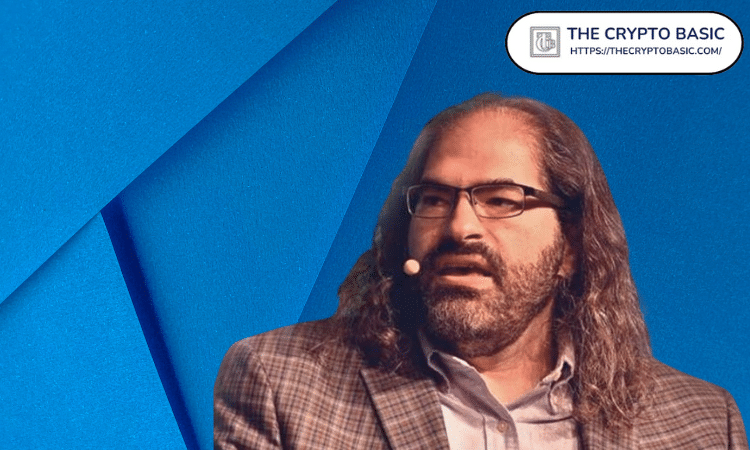The Ripple CTO, David Schwartz, recently clarified that they did not create the XRPL to boost the XRP price, but to deliver an efficient payment network.
His remarks came during a community discussion that began after the Balancer hack and later transformed into a debate over the XRPL’s design philosophy.
An XRP proponent had asked Schwartz how mechanisms like token burns or growing institutional inflows, especially from investment products such as a potential Grayscale XRP ETF, could support long-term network security and economic participation, particularly as transaction volumes increase.
XRPL Was Not Built to Make XRP Price Go Up
Schwartz responded by emphasizing that the XRPL’s design focuses on practical utility rather than speculation. He presented three points to explain his perspective.
First, he said that broader adoption of the XRPL naturally strengthens XRP’s value. Interestingly, this confirms what community commentator Kevin Cage suggested in August 2023. Notably, XRP holds a unique position on the ledger because it’s the only asset that exists without a counterparty.
I think three things:
1) Greater adoption and use of XRPL will add value to XRP because of its privileged place on the ledger. It’s the only asset with no counterparty that anyone can hold. It’s jurisdictionless. It’s favored by autobridging.
2) If what you really care about is…
— David ‘JoelKatz’ Schwartz (@JoelKatz) November 4, 2025
Specifically, it has no ties to any government, company, or jurisdiction, and it plays an important role in XRPL’s auto-bridging feature, which links different assets and enhances liquidity. Notably, this “privileged place” means XRP gains value as more people use the network.
Second, Schwartz said that short- and medium-term price trends depend more on stability and reliability than direct utility. He stressed that XRP’s major strengths would come from being scarce, fungible, censorship-resistant, and easy to store and move.
Third, he emphasized that the original architects, including himself, did not build the XRPL to make XRP’s price rise. This comment comes despite his earlier confirmation that the adoption of the XRPL does improve its value.
Instead, its purpose is to provide a fast, low-cost, and secure infrastructure for payments and exchanges. Schwartz noted that while others at Ripple might see things differently, this represents his personal view.
Does the XRPL Have Middlemen?
Schwartz’s remarks followed a discussion within the XRP community, which came on the back of the Balancer hack, an exploit that drained over $120 million from the Ethereum-based project.
Following the incident, xmoonkie, an XRP community member, argued that the hack showed the dangers of relying too heavily on smart contracts and intermediaries. He claimed that the XRPL was ahead of other blockchains because it used native features instead of third-party smart contracts or middlemen.
Another proponent, Dondropit, agreed, pointing to Schwartz’s past explanations that the XRPL prevents anyone from profiting from transaction fees, making it the only blockchain free of middlemen.
However, one critic disagreed, saying Ripple and its founders benefited from XRP’s premine and that validators still act as intermediaries like Bitcoin miners.
Responding, Schwartz explained that XRPL validators don’t operate like miners. He said validators don’t get paid by users and don’t decide which transactions to include. Instead, they work together to order transactions and prevent double-spending across the network.
DisClamier: This content is informational and should not be considered financial advice. The views expressed in this article may include the author’s personal opinions and do not reflect The Crypto Basic opinion. Readers are encouraged to do thorough research before making any investment decisions. The Crypto Basic is not responsible for any financial losses.

